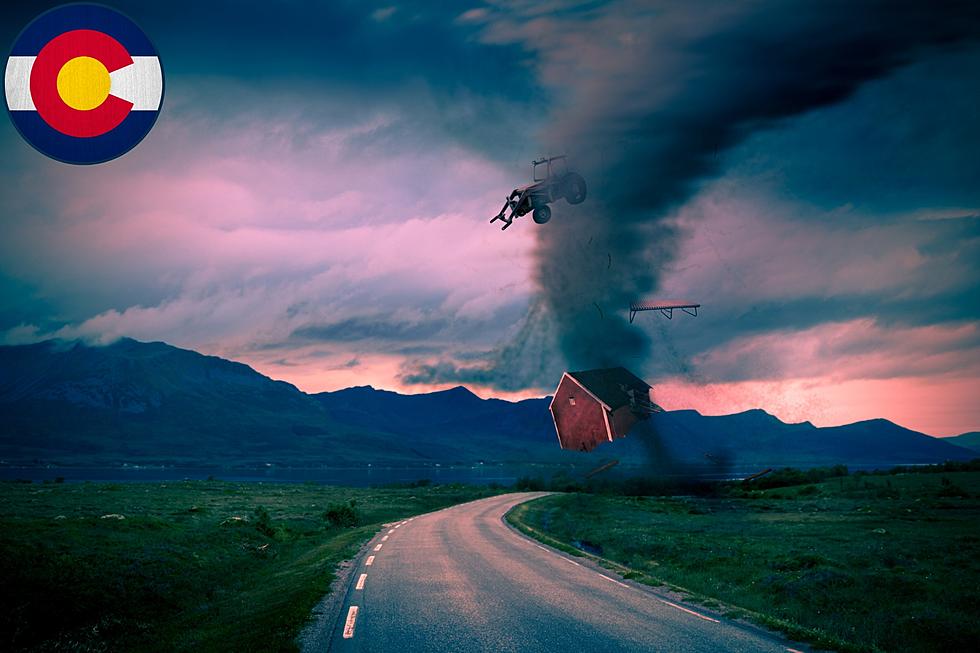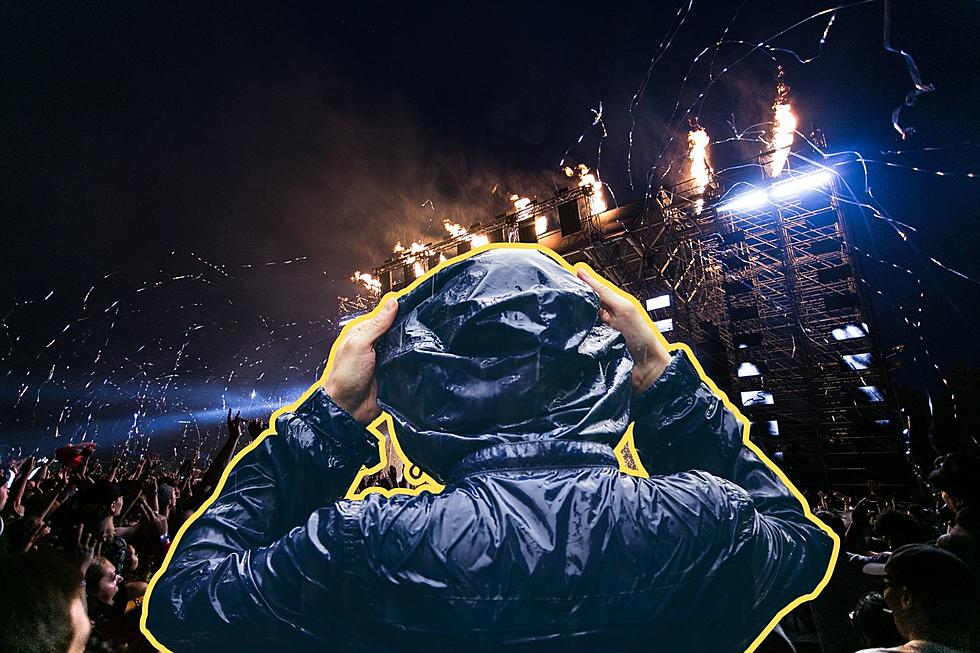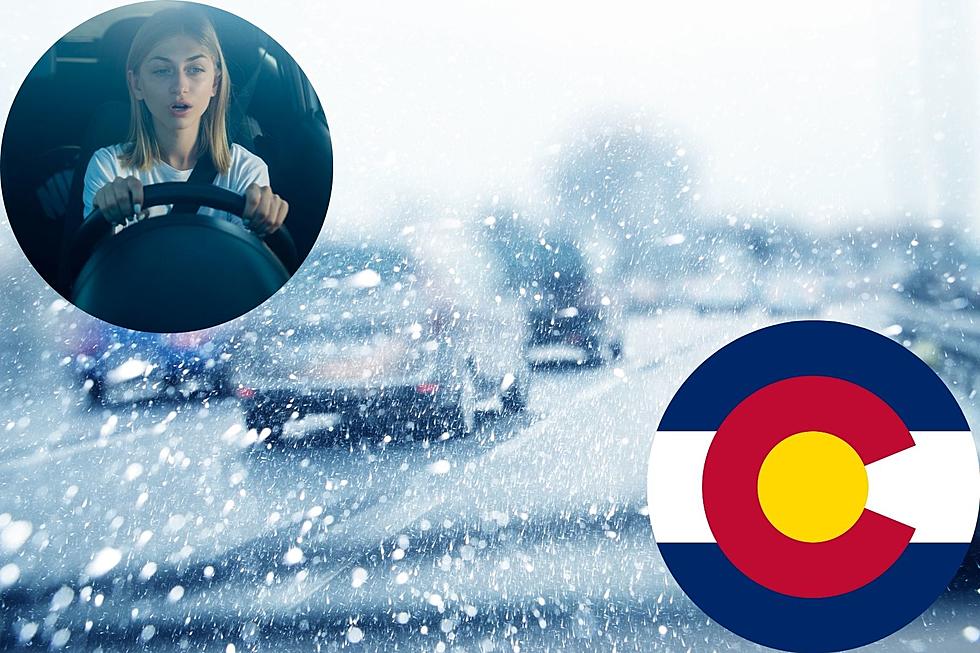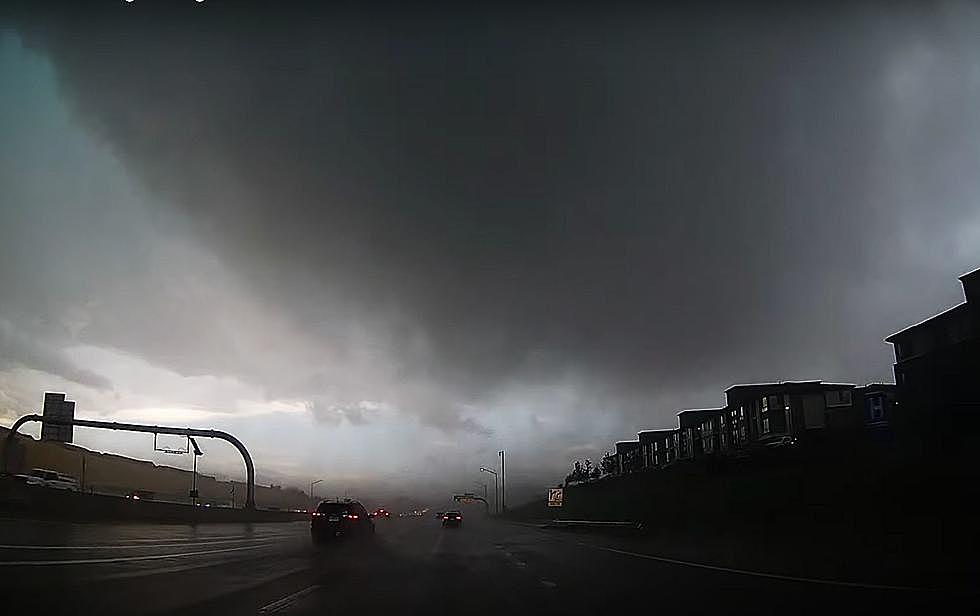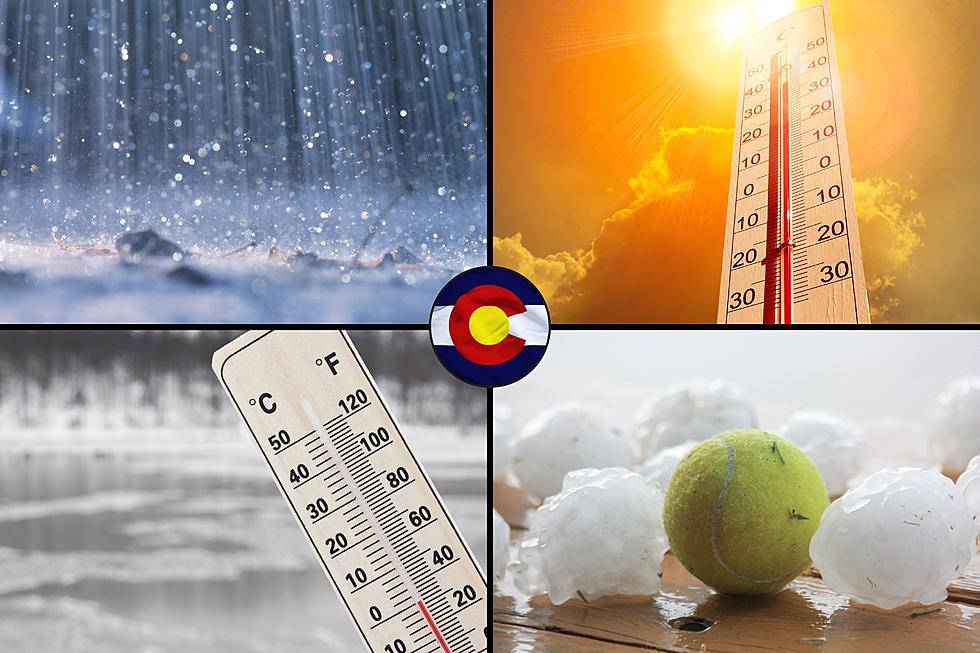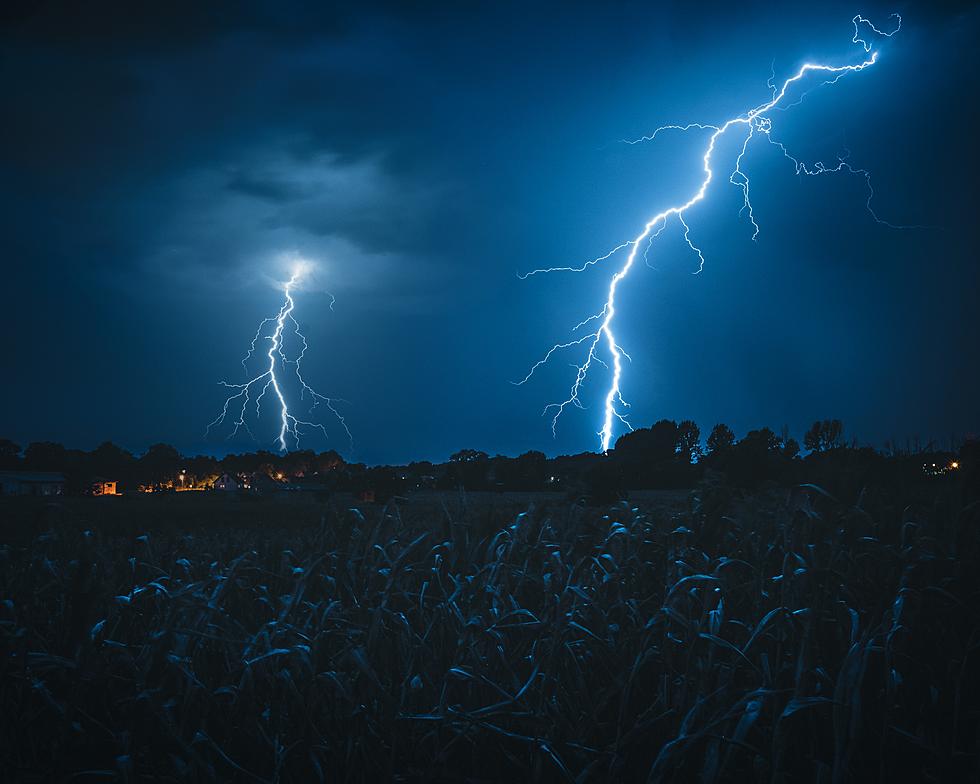Dubai’s Cloud Seeding is Cool – Colorado’s Been There, Done That
This feels like something from the future.
In case you haven't had to go outside at all this summer... it's hot. It's another hot and dry summer in our region. Of course, we're used to summer being warm, but again we're seeing droughts and fires in our region and in the Pacific Northwest.
I'll admit, I'm not the biggest fan of summer for this reason, but also because I melt in the heat.
For some places, the heat has caused water shortages. I just recently saw how bad things are getting in Boise, Idaho. After an extended period of time with triple-digit heat and an ongoing excessive heat warning, residents' private wells are going dry. In addition, some people are buying drinking water and sticking to one "water" chore a day, like doing the laundry or dishes.
A little rain in the summer never hurt and it sounds like some places could use a little precipitation.
Or perhaps they should create their own rain.
I know, it sounds bonkers, but Dubai actually just did this recently. After experiencing a drought of their own coupled with temperatures reaching 122 degrees, scientists sent drones into the sky to make it rain.
It's called "cloud seeding" and it sounds like something out of the 30th century.
Official EAU Weather posted a video of the rainfall.
Look at that! That's rain. But it's not rain that just happened spontaneously or because of some front that moved in. It was ignited by science.
So how does it work?
According to CBS News, the drones shot electrical charges into the clouds in the sky. This causes the clouds to generate rain. And for Dubai, that meant big raindrops that would actually make it to the ground before evaporating.
Upon further research, I discovered that this is something that has been used in America before.
Apparently Wyoming spent 10 years experimenting with Weather Modification. USA Today reports that other states have experimented with similar practices. States like Idaho, Illinois, and even Colorado.
In fact, scientists from these states gathered in Idaho to use a process called SNOWIE to create snow clouds back in 2017. Scientists put silver iodide into winter clouds to generate precipitation. They reported that enough snow fell to fill 286 Olympic-sized swimming pools in just three days.
So with these experiments seeing success, could we actually see the end of droughts and water shortages? Could we solve many of our weather-induced problems with cloud seeding? Or will this have larger, negative impacts on climate as a whole down the road?
20 Photos of Colorado From Space
8 Colorado Legends That Every Coloradan Should Know
More From 99.9 KEKB - Grand Junction's Favorite Country


